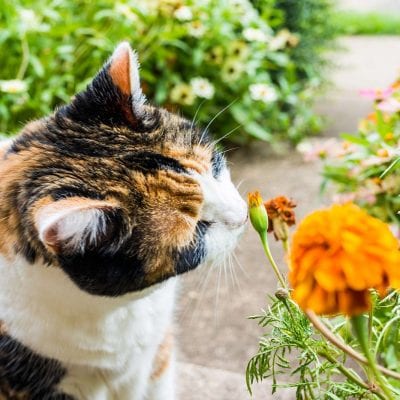Quick Guide to Dog-Friendly Plants
Landscape Plants That Are Safe For Man’s Best Friend
Anyone who has a dog knows how easily they can steal away your heart and how strong that bond can become between owner and pet.
Who doesn’t love our furry friends? Americans sure do.
While it is one of the oldest relationships that mankind has had with an animal species, it is also among the most common relationships still in existence to this day! According to the 2017-2018 U.S. Pet Ownership & Demographics Sourcebook over 38.4% of all US Households have Pets. That something like 76,811,305 dogs in the United States.
The History of Man’s Best Friend
Dogs have long been long heralded as the first animal to be domesticated by humans, and research has confirmed this as true time and time again. It a relationship dating back at least 16,000 years, and some research suggest this has been occurring for as much 32,000 years. In fact, in their study published in Nature Communications, a team of international researchers compared DNA from dogs and wolves. They discovered that dogs likely have been under human selection potentially as much as 30,000 years ago. Likely, initially scavenging and working with humans So, humans and dogs aren’t simply a flight of fancy and owner pet relationship, its an association dating back 100s of generations that has creating the strongest bond of human and animals in our species existence.
Regardless of the origin, what we do know for sure is how strong those ties are now. We recognize first-hand what dogs can do for us day in and day out. Today, what is important for many people is the here and now and learning how to give our beloved canine companions the very best care that we possibly can.
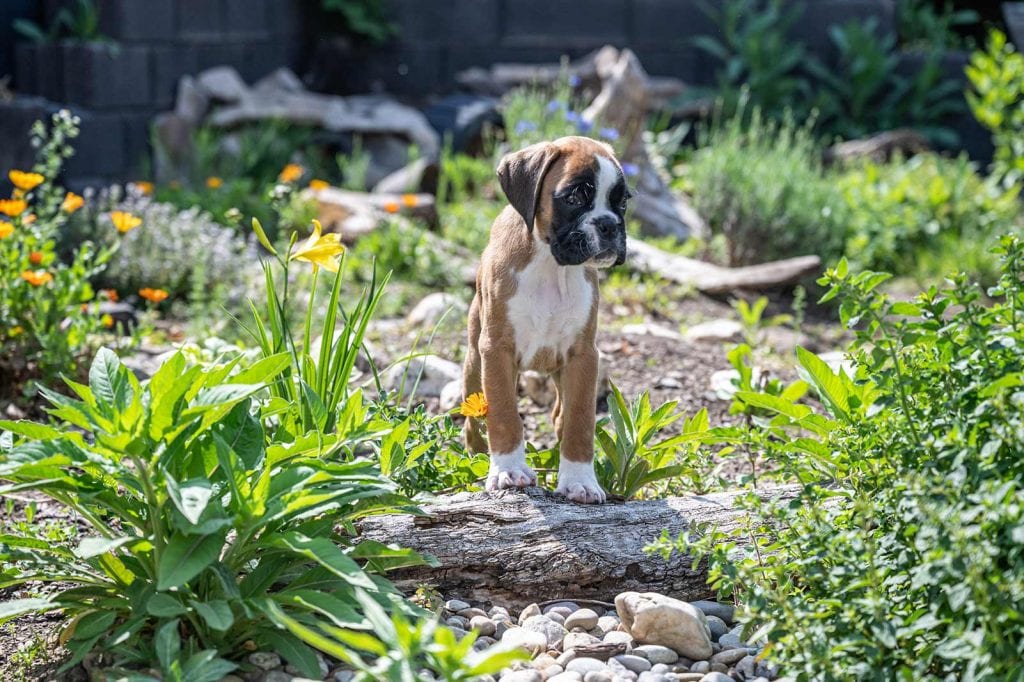
What to Consider When Designing a Dog-Safe Landscape
Even if they are dominantly more of an indoor pet, chances are your pooch will spend a fair amount of time running around and exploring your yard on a daily basis. Many Americans, especially those in ADUs, are living in smaller spaces and on smaller lots (especially in urban areas), which means they are working to maximize indoor and outdoor living areas. This includes the inclusion of plants that enhance those spaces.
Dogs are naturally active and inquisitive. They are known for chewing on and eating things they probably shouldn’t. Out in the yard this might be something like the garden hose that got left out, branch off the tree in the back, or some of the tasty looking flowers on that bush by the door. As extended members of our family, we want our furry friends to be healthy.
This is why it is so important to make sure everything in your yard is safe and won’t make your furry family member sick if they decide to turn a plant or shrub into their new favorite chew toy.
Warning Signs of Possible Toxic Ingestion
It can be a scarry experience when a pet gets sick. The signs that lead to this can be hard to detect. And not every bred of canine is affected the same way by the same type of plant.
Because of this, there not a single conclusive list of every plant that can make your dog sick, and symptoms vary depending on how one might affect the biological systems of animals that ingest them. However, there are some general signs that you should look out for that usually indicate something is not right and a trip to the emergency vet may be necessary:
- Gaging, vomiting, and trying to eat grass
- Vomiting up or passing blood
- Gasping for breath or difficulty breathing
- Changes in eyes including discharge or swelling
- Lethargy, sudden drop in energy, difficulty moving
- Weakness or inability to walk or jump as usual
- Any signs of confusion, being disoriented, loss of consciousness
- Any signs or symptoms that are concerning
List of Dog Friendly Plants for Your Yard
Keeping your pup healthy and safe is the primary goal of any good pet owner. Ensuring your dog has a safe outdoor space to run and play in is critical to their overall health and safety. So when landscaping or bringing plants into your yard you should also consider your pets safety.
Highlighted below are 10 safe plants you can use that are recommended by the ASPCA:
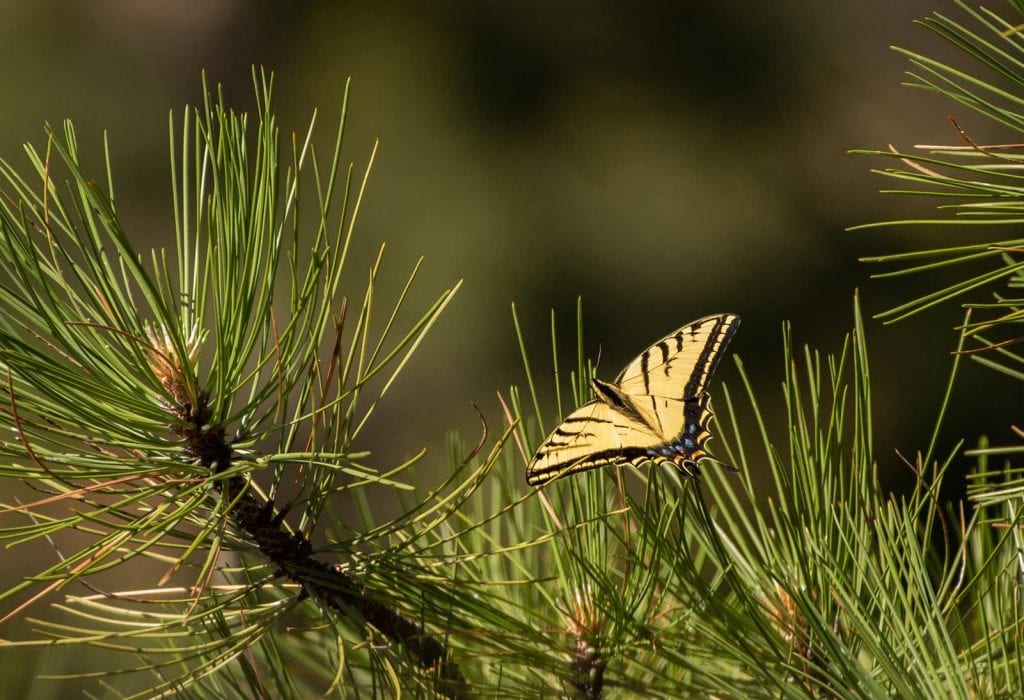
Blackjack Pine | Scientific Names: Pinus ponderosa | Family: Pinaceae
While it eventually matures into a towering tree, this specimen of the pine family can be grown in a pot as a sapling and can be used as an attractive and unusual accent plant for your indoor décor needs.
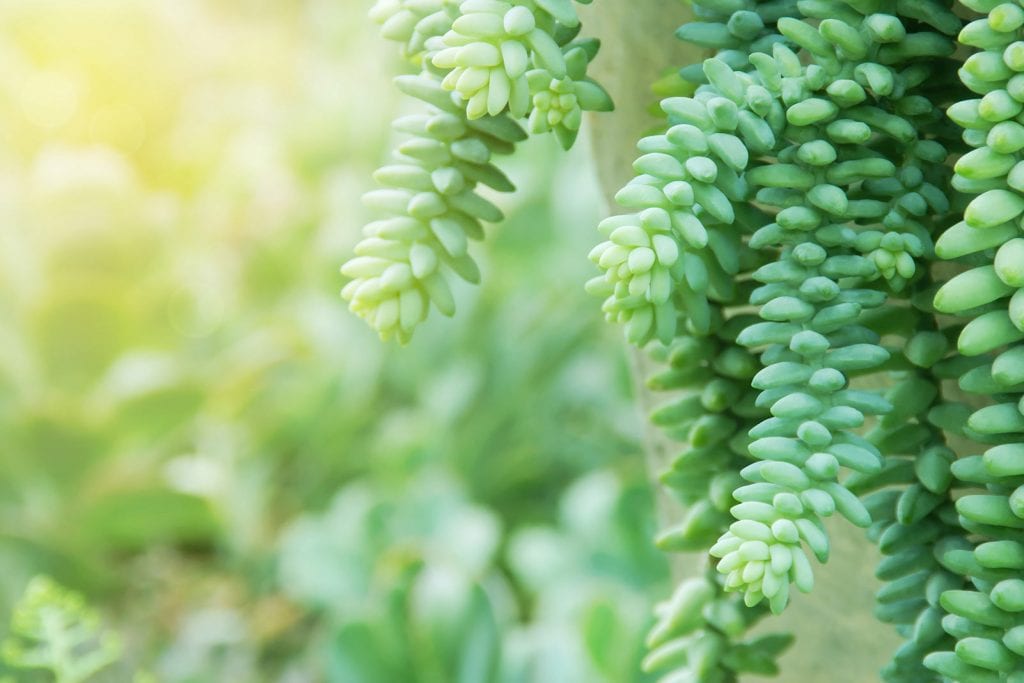
Burro’s Tail | Scientific Names: Sedum morganianum | Family: Crassulaceae
A very common succulent that is often used in dish gardens and rock gardens in arid and drier environments, this plant is easy to care for and looks great in minimalistic low water access garden areas.
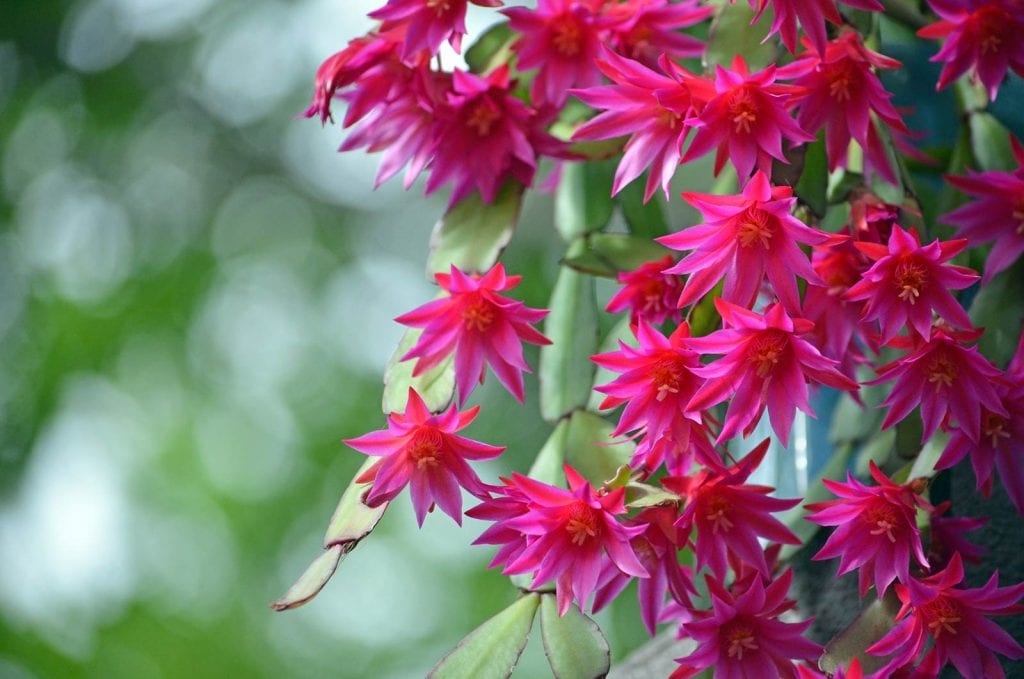
Christmas Cactus | Scientific Names: Schlumbergera bridgesii | Family: Cactaceae
A classic household plant that many people know and love, this flowering cactus comes in many different colors and varieties and they are all considered to be safe and non-toxic for dogs.

Garden Marigold | Scientific Names: Calendula officinalis | Family: Compositae
Bright and colorful flowers adorn the common marigold and make it a great flower for gardens and potted arrangements, and they can even be used in fresh-cut flower arrangements.
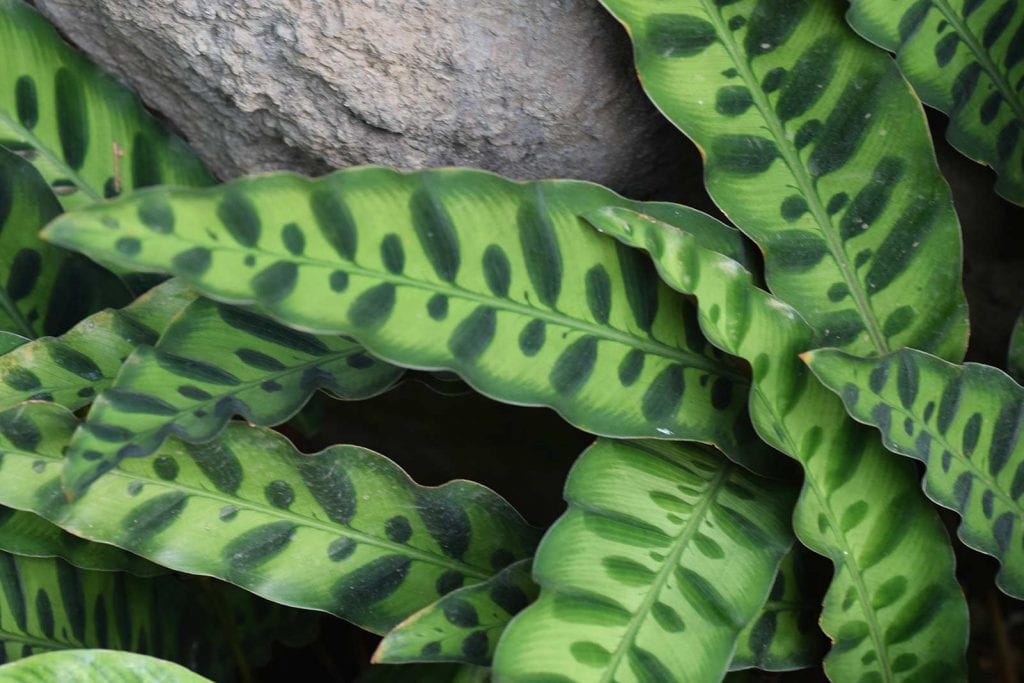
Maranta | Scientific Names: Calathea insignis | Family: Marantaceae
With striking foliage, the green and golden colors work well when paired with other foliage plants or flowering plants for great-looking dish gardens and container plantings on any patio or deck.

Moss Fern | Scientific Names: Selaginella kraussiana | Family: Selaginellaceae
Delicate and simplistically beautiful with soft green tones and hues, this ground cover is perfect for use in rock gardens and flower beds where regular mulching or grass ground covers are not possible or practical.

Pampas Grass | Scientific Names: Cortaderia selloana | Family: Poaceae
Powerful accent plants, these giant-sized ornamental grasses are elegant and come in a range of colors, making them striking additions to any landscape design or layout.
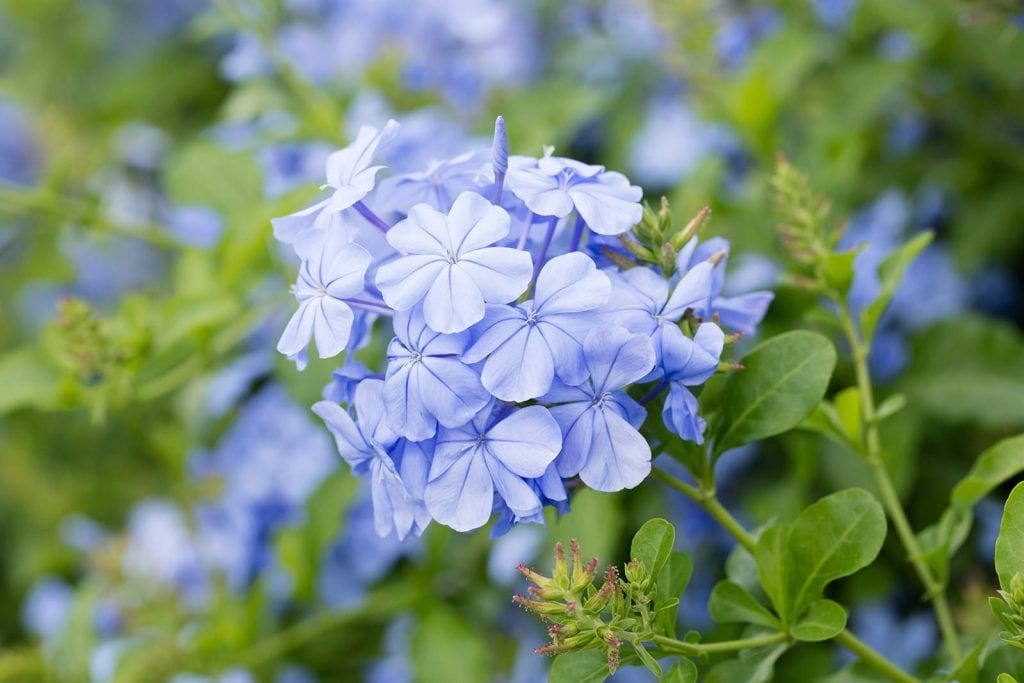
Plumbago Larpentiae | Scientific Names: Ceratostigma larpentiae | Family: Plumbaginaceae
Delicate flowers and soft green foliage makes this plant a great choice for your landscaping needs and is commonly seen in flower beds and as shrub lines along buildings and fences.
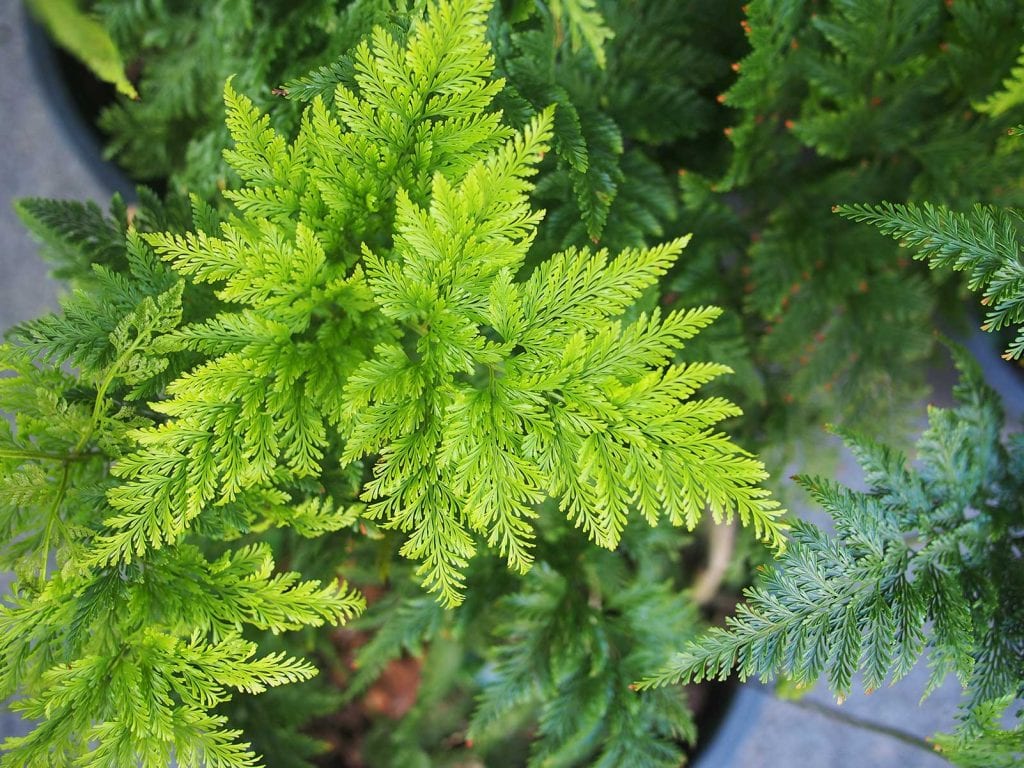
Rabbits Foot Fern| Scientific Names: Davallia spp. | Family: Polypodiaceae
A truly unique looking fern, while it can be grown in the ground as an accent plant or as a creeping ground cover it is best exhibited in a pot or hanging basket on a patio, deck, or porch.
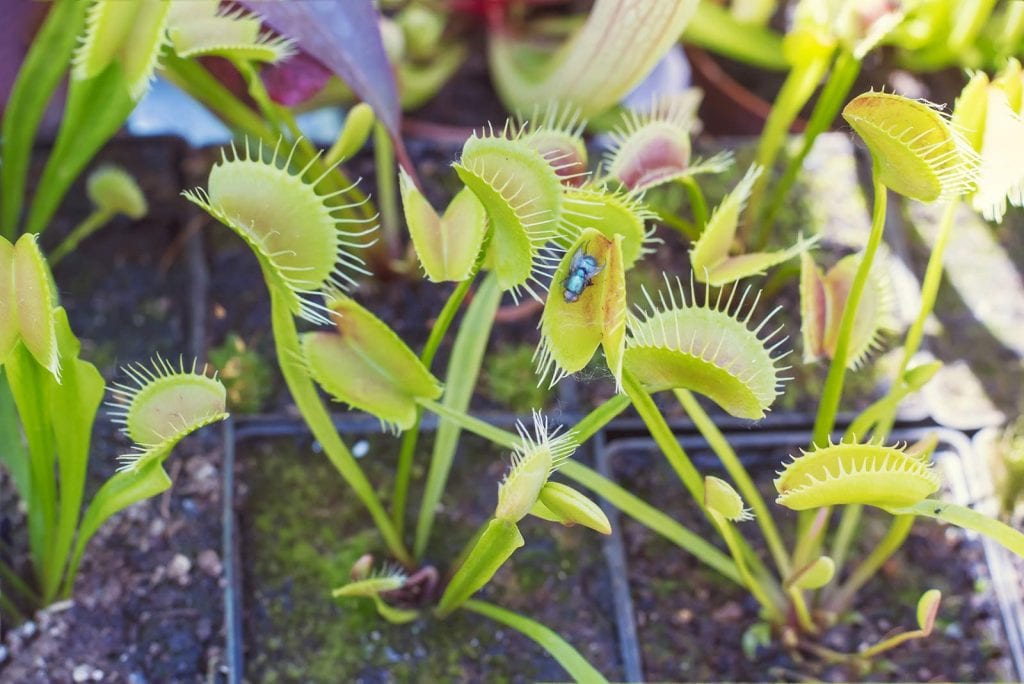
Venus Fly Trap | Scientific Names: Dionaea muscipula | Family: Droseraceae
A truly exotic plant, the use of this striking specimen may be rare but it is a safe and attractive plant to consider for a more natural look in areas of your yard that stay damp and shaded.





